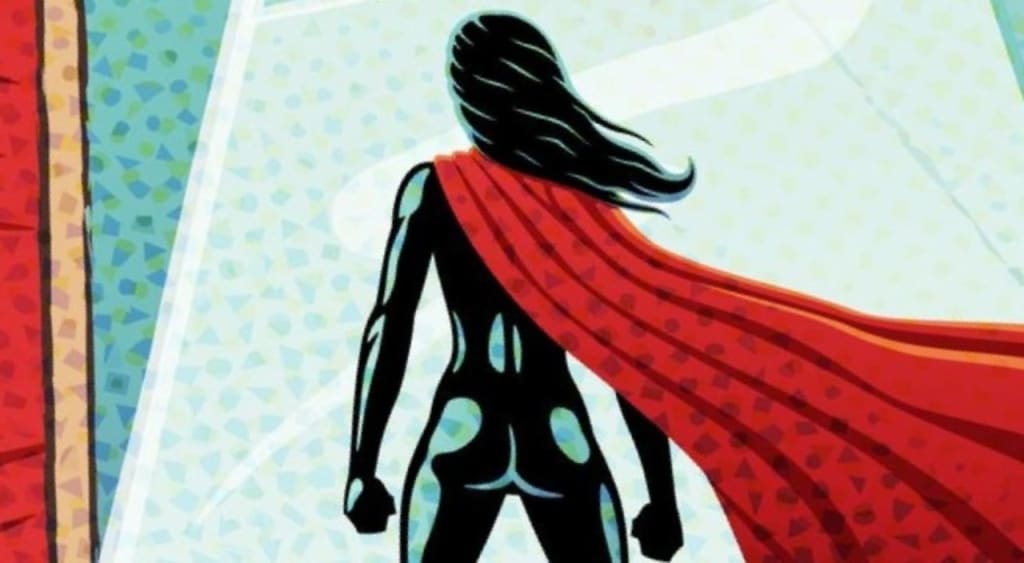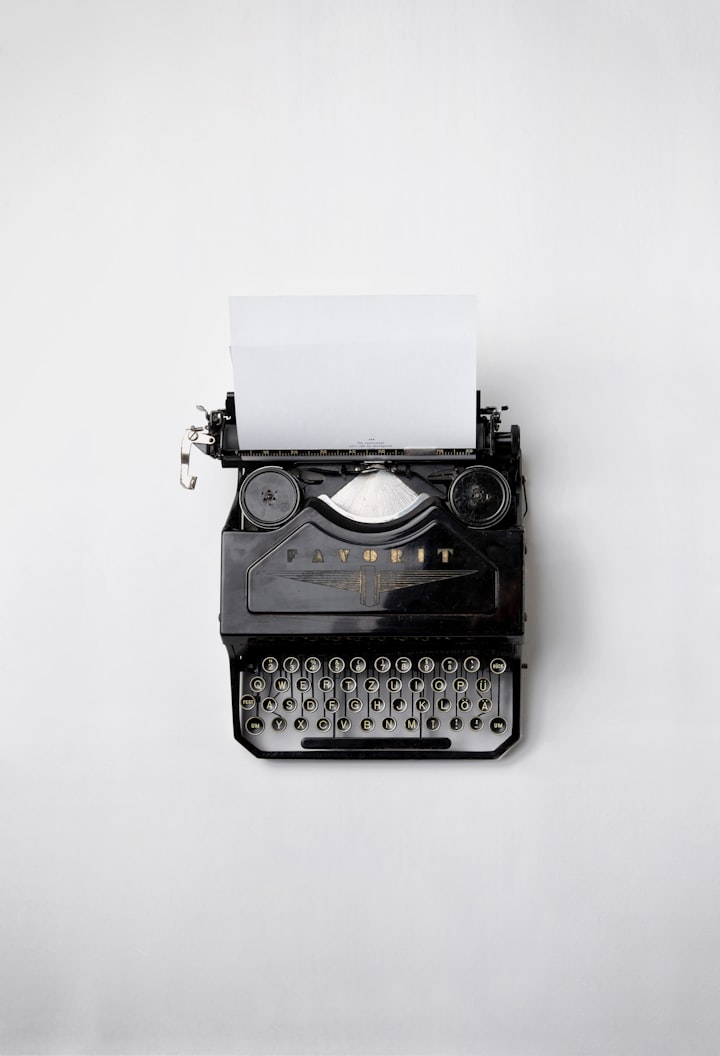Representation by the Numbers
Lady Comic Book History Podcast

Today we are analyzing by the numbers how women are portrayed in comic books, 3 different studies revealing statistics about how women are represented, how that representation has changed and how it got that way. Again, if you’d rather listen to this rant please check out the Lady Comic Book History Podcast.
Let's start with a quote from Seduction of the Innocent, the 1954 publication written by Dr. Frederic Wertham
“Only someone ignorant of the fundamentals of psychiatry and of the psychopathology of sex can fail to realize a subtle atmosphere of homoerotism which pervades the adventures of the mature “Batman” and his young friend “robin”...Bruce is described as a socialite and the official relationship is that Dick Grayson is Bruce’s ward...Batman is sometimes shown in a dressing gown. It is like a wish dream of two homosexuals living together”
Now I haven’t done a deep enough dive into the early Batman comics to know whether or not that is an accurate statement but it doesn't really matter either way. It's about the perception and reception of the characters. The image of Batman and Robin was perceived as homoerotic and therefore was reacted to with homophobia...Enter Batwoman, a quote from one of her creators.
“Batwoman was created this time in response to another gender problem about which Wertham had worries; Batman and Robin’s relationship was distractingly homoerotic and despite her relatively demure clothing Batwoman existed to shore up Batman’s heterosexuality.”
So here we have a female character that was created as no more than a prop to solidify the sexuality of Batman.
Sheena and Phantom Lady though they were oversexualized they could hold their own, the same can not be said for the early days of Batwoman and Lois Lane, these 2 women were created for the sole purpose of being Damsels in Distress for their caped crusaders to save. As we know that trope is one of my biggest pet peeves, characters being created for the purpose of being hollow motivation props bothers me to no end, the main reason being these characters are almost always women but to an entirely different point if you’ve written a main character who needs to be the only one with a storyline and personality and you can’t carry their story without making their supporting characters hollow then you messed up, you didn’t write a good main character, you are not a good writer. To another point writing hollow women to support shallow men just reinforces the idea that men in the real world feel emasculated when a woman is strong and speaks up for herself, it cements this idea that women need to make themselves smaller to make mediocre men feel good about themselves, because real men like strong women. Real men want a partner that pushes and challenges them. Growing up loud, opinionated women get called bossy, or pushy, or told that shes a lot. Good, if they don’t like it thats their problem and has everything to do with their insecurities and nothing to do with you so be loud, be opinionated, take up as much space as possible especially in this genre, in this industry because men still think they dominate it which they don’t, ill give the statistic on that later but women occupy this space just as much as men do so don’t be afraid of being heard.
Marvel even published a swimsuit issue where the overly busty heroines lounged around a pool in bikinis, as if that is at all appropriate. To be very clear they didn’t do one for their male heroes this was specifically done to objectify their female characters which if I haven't made it clear enough is disgusting.
The fist study we pull from is titled Comics Books are Still Made by Men, for Men and About Men conducted and published by Walt Hickey; Pulling 6, 896 characters from DC and 16,376 characters from Marvel all of consequence he analyzed the nature and frequency of their appearances. The main analysis leaves us with this making at least 1 appearance 29.3% DC 24.7% from Marvel, at least 10 appearances 30.9% DC and 30.6% Marvel, 100 or more appearances 29% DC 31.1% Marvel. Character alignment: Women in both universes are more likely to be considered neutral or have passive ideals then men are. DC 12% can be considered passive whereas only 8% of the men fall into that category, for Marvel 21% of the women and 15% of the men could be considered passive.
A study done by Amanda Shendrak revealed that only 26.7% of all DC and Marvel characters are female and only 12% of mainstream superhero comics have female protagonists. We can also analyze the nature of the powers granted to female characters, overwhelmingly women are given non-physical abilities, and are often given thought inducing abilities. There are also 2,500 teams across both universes, 30% of those teams have no women, and only 12% have more female members then male and of that 12% most are all female teams which means that 4.8% of all teams have both male and female members and have more female members then male. Let us also look at character names, in the study in referencing here the subtitle reads Men will be Men, Women will be Girls. The grown adult women that have “girl” as a part of their name sits at 28.5% where as grown men that are reduced to “boys” as part of their superhero title sits at 12.6%
A study that analyzed female comic roles was conducted by pulling from comics from 1960 - 2014 788 Marvel Comics were analyzed for overall gender role scores,Conducted in 2016 done and published by Katherine J. Murphey. the categories were all out of 5 points and they consisted of Cover Art, Bechdel Test, storyline, occupation, balance of power, female sexualization, and violence against women. The cover art score went from .39 to 2.61, the Bechdel Test went from 1.21 to 2.72, storylines went from 2.55 points to 4.00 points, occupation 1.5 to 3.16, balance of power 1.45 to 3.14, female sexualization 1.88 to 3.52, violence against women 3.22 to 3.32.
This study also referred to comic books as a litmus test for pop culture, female gender roles in comic books often reflect the values and attitudes and they illustrate and chronicle the year they were published, they reflect the thoughts and values of their creators.
The sexist statistics don’t just live in the page but also in the people that create these stories, obviously. The reason we’re not getting the representation we need is because we’re not being represented in writers rooms either. This study was published in an article titled Women in Comics, By the Numbers written by Tim Hanley. DC comics in July - December of 2018 released comic books with 3,476 credited creators, 2,877 male, 597 female and 2 non-binary. Marvel 4,781 credited creators with 4,002 male, 777 female and 2 non-binary.
Now why does any of this matter? Aren’t women okay with things just the way they are? Well no, speaking personally I am not at all okay with the severe lack of representation that we are getting nor am I okay with the way we are getting representation, but I am not the only one. A study done and published by BBC America shows us many things starting with teenage girls are 11% less likely to describe themselves as confident, 13% less likely to describe themselves as brave and 19% more likely to describe themselves as not listened to. Now as a child and a teenager representation in media is super important, other studies have been done that show the effects of traditional beauty standards being depicted in movies and television and their effect of eating disorders and development in the teenage years, media has a huge effect on the way children develop and see themselves as they grow up that in of itself should be reason enough to fight for more and better representation. Girls ages 10-19 were asked how they felt about how they were represented in the media and 63% felt that there are not enough role models of their gender, 65% felt there are not enough relatable characters of their gender and 65% felt that there are not enough strong characters of their gender. But it's not just girls ALL demographics showed they wanted more females in the SCIFI/Superhero genre. 69% of boys ages 10-19 88% of parents of girls, and 75% of parents of boys so literally everyone wants more and better representation for women.
Now that we have our numbers we can look at how they apply to the Women in Refrigerators movement that the amazing Gail Simone started. Women in Refrigerators is a reference to Alex Dwitt, Green Lantern’s girlfriend who was dismembered, shoved in his refrigerator and then forgotten after she served her purpose, furthering Green Lantern’s plotline. Another case for this is Stephanie Brown the one and only female Robin, her stint as the Batman’s loyal sidekick was short lived as she was brutally murdered by the Black Mask, her murder was portrayed with her body drawn in a sexually suggestive pose, Batman fails to acknowledge her death and writers try to justify their abbhorent depiction of her character by trying to downplay her role, claiming that Batman never really thought of her as Robin anyway. For those of you who are listening and at this point thinking, hey it's comic books deaths happen, violence happens and it happens to everyone and probably happens more to men then it does to the women well to respond to that you have to look at the nature of the deaths. When male heroes die they die nobly, as warriors however when women who are often depicted as side characters die, shock factor seems to be a major variable. More women then men are also de-powered for extended periods of time, if a male hero loses their powers it is almost always very short lived, whereas women lose their powers at a higher rate and for longer periods of time. Women also have the unfortunate role of being raped in comics, an act that simply does not happen to men in the world of comic books. It's just one more way to enact violence against women that is entirely unnecessary. There is quite literally not a single story where rape was used as the motivation for the female character to fight back where you couldn’t have used literally anything else. It's not necessary, it's not wanted, and it needs to stop, stop reducing females and female characters to props. They don't need to be used and beaten and raped and tortured in order to further the plots of whoevers story it is. You wanna kill them fine, I'm a writer I get that deaths are necessary. However, let them die fighting, let them die trying to protect their man. First of all it's far more realistic, second of all it's far more respectful.
Now let's apply this idea to other areas of media that might be easier to visualize, I realize pulling specific issues of comic storylines from memory might not be reasonable, let's start with Supernatural. Jo she dies fighting, it was her choice and it was a completely in character choice, and her death wa acknowledged and mourned - not fridging however we look at Charlie's death, she was murdered, dumped in a bathtub, used as Dean’s motivation and then not acknowledged again until she “came back” which is in quotes because this show brings everyone back so that's not special nor is it enough, Charlie was absolutely fridged. So the main fridging criteria are many but here are a few; If the death was unnecessarily brutal your favorite character might have been fridged, If they were laid out in a suggestive pose after death your favorite character might have been fridged, If the death was not acknowledged except for a few lines of dialogue your favorite character might have been fridged, If their death was used for shock factor or solely as the motivation for a male character then your favorite character might have been fridged.
It is very evident that women are underrepresented and misrepresented in the comic book medium and though tides are changing, they are changing far too slowly and we really need to pick up the pace.
About the Creator
Alexandrea Callaghan
Certified nerd, super geek and very proud fangirl.
Enjoyed the story? Support the Creator.
Subscribe for free to receive all their stories in your feed. You could also pledge your support or give them a one-off tip, letting them know you appreciate their work.






Comments
There are no comments for this story
Be the first to respond and start the conversation.